DRUMMER BOY: A Civil War Veteran
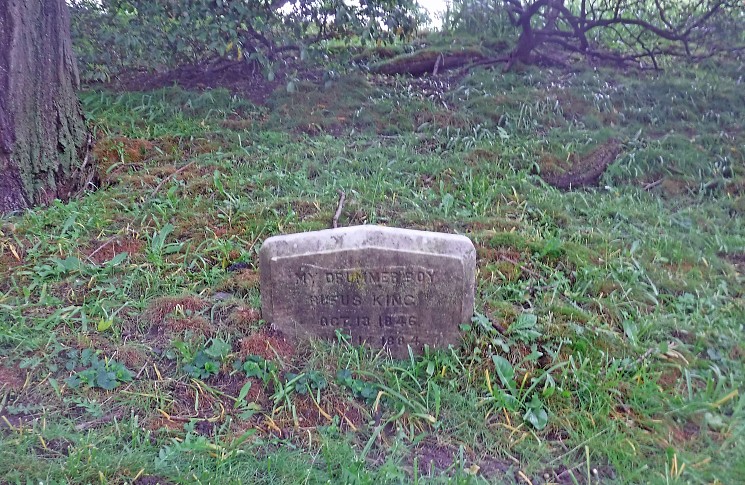
Mount Auburn was awarded a grant by the Massachusetts State Historical Records Advisory Board (MA SHRAB) to preserve selected veterans’ monuments in 2019. One of the monuments chosen for treatment memorializes Rufus King, a Civil War soldier whose role in the Union Army is made clear by the words “MY DRUMMER BOY” at the top of his headstone. This unique inscription made the monument an excellent candidate for the MA SHRAB grant, as did its poor condition (Figure 1 above). Positioned at the top of a hill, it was leaning forward and covered in biological growth, dirt, and residue from atmospheric pollutants (Figure 2 below). We originally described the monument as “small” in the project proposal, because as far as we knew it was only a foot tall. However, preservation work quickly proved that there was much more to the headstone than originally assumed.
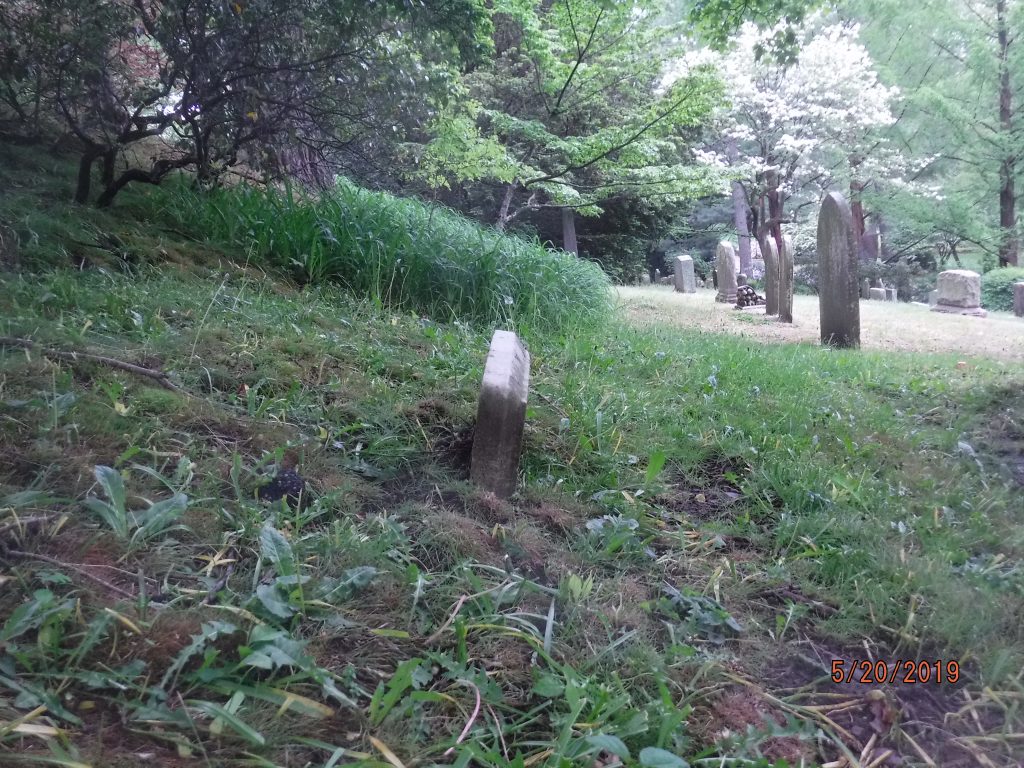
Our first step in preserving the monument was to excavate it. It had been clear from the start that some of the headstone had been buried as the hillside eroded, but we were surprised to find as much as twenty inches of marble below grade (Figure 3 below left). The monument had been anchored in its crooked position by several large tree roots, which we cut away so that we could remove it from the ground. Once we unearthed it, we discovered a second unique inscription; the headstone memorialized not only “Drummer Boy” Rufus King, but a young woman nicknamed “Little Pinkey” (Gertrude King). We also noticed that the bottom edge of the headstone was jagged. This suggested that it had broken at some point in the past, and that there had been a base that was discarded after the damage was done (Figure 4 below right).
We brought the monument into Mount Auburn’s preservation workshop, where we washed it with a steam-cleaner (Figure 5 below). This treatment successfully brought the marble from a grayish color back to its original white (Figure 6 below). Next, the ground where the monument had been located was excavated in order to make space for a foundation. One reason that Mount Auburn remains beautiful and safe almost two hundred years after its consecration is the fact that each monument is required to sit on a four-foot foundation. These foundations help prevent the headstones from shifting and leaning over time. However, occasionally we work on monuments like the King headstone that are missing foundations. As we removed four feet of earth and tree roots to pour the concrete, we were surprised yet again; the original base was discovered on its side about two-and-a-half feet below grade (Figure 7 below). Its many years underground had kept the broken marble on its top face from wearing away, so it promised to be a near-perfect fit with the headstone’s corresponding edge (Figure 8). After carefully removing the base from the ground, we dug the hole to its full depth and poured a new foundation (Figure 9 below). When the concrete had set, we cleaned the bottom of the base, set it on the foundation with Portland cement mortar, and backfilled the hole (Figures 10 and 11 below). We then cleaned the granite base with a power-washer (Figure 12 below).
Due to its tall, thin shape, we decided to give the monument extra stability by putting pins into the headstone at the break. We carefully measured the appropriate location for two holes in each face of the marble and drilled accordingly. Then we cut two stainless steel pins and anchored them into the holes in the lower piece of marble with epoxy, a very strong adhesive (Figure 13 below). Finally, we lowered the headstone into place with a gantry tripod, using more epoxy to glue the two pieces of marble together (Figure 14 below).
Once the epoxy set, we moved on to the finishing touches. The crack where the marble had broken was filled with a mixture of B72 resin and marble dust, which was combined with a tiny pinch of yellow ochre pigment to create a paste the same color as the marble (Figure 15 below). In addition to improving the monument’s appearance, this fill will prevent water from entering the crack and damaging the stone during the freeze-thaw process. The headstone had become slightly soiled again during the preceding preservation treatments, so the dirt was removed as thoroughly as possible with Vulpex Liquid Soap, a restoration cleaner. Finally, we scrubbed and sprayed the marble with D/2 Biological Solution. D/2 works with the wind, the rain, and the sun’s UV rays to clean marble over the course of weeks or months, so the monument will look even better in the near future than it does now (Figure 16 below).
The King monument is a quintessential example of the crucial role preservation plays at Mount Auburn. The headstone tells stories not only about the Civil War and the King family, but also about past trends in funerary art and Cemetery practices regarding monument damage. If we had not been able to preserve it, much of this information would have stayed buried underground. Each preservation project adds to Mount Auburn’s historic significance and the richness of the stories we can tell.
Please help us raise the remaining funds needed to support the 2019 preservation of our veterans’ monuments with a gift to Monument Preservation. Thank you for your support!
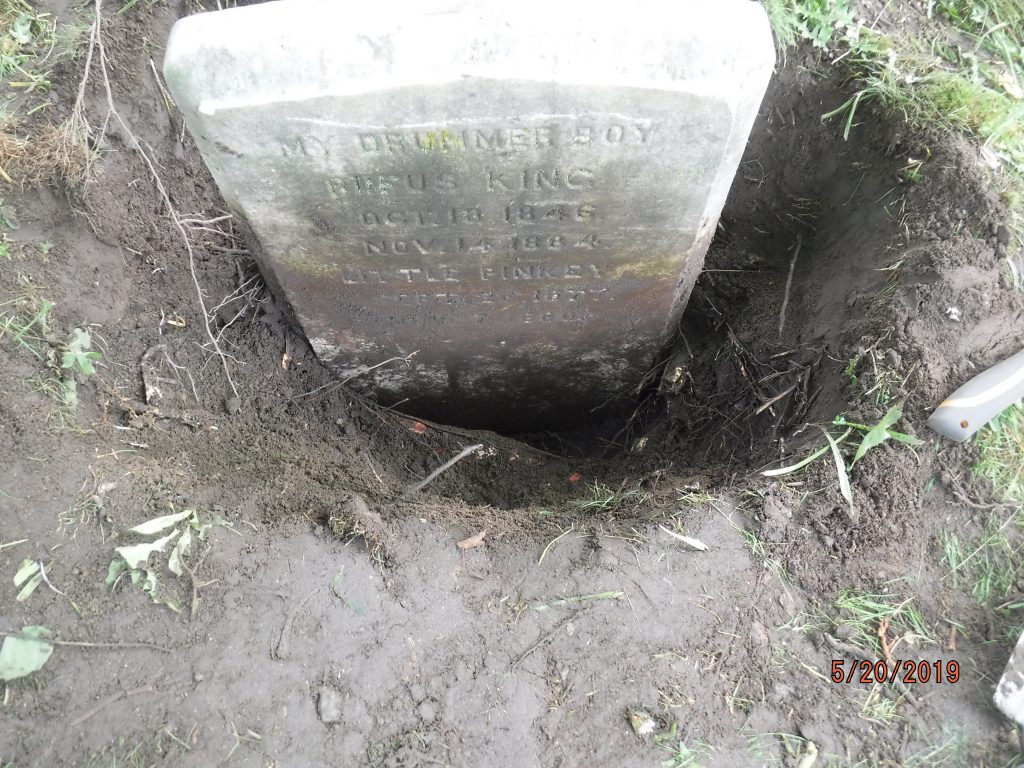

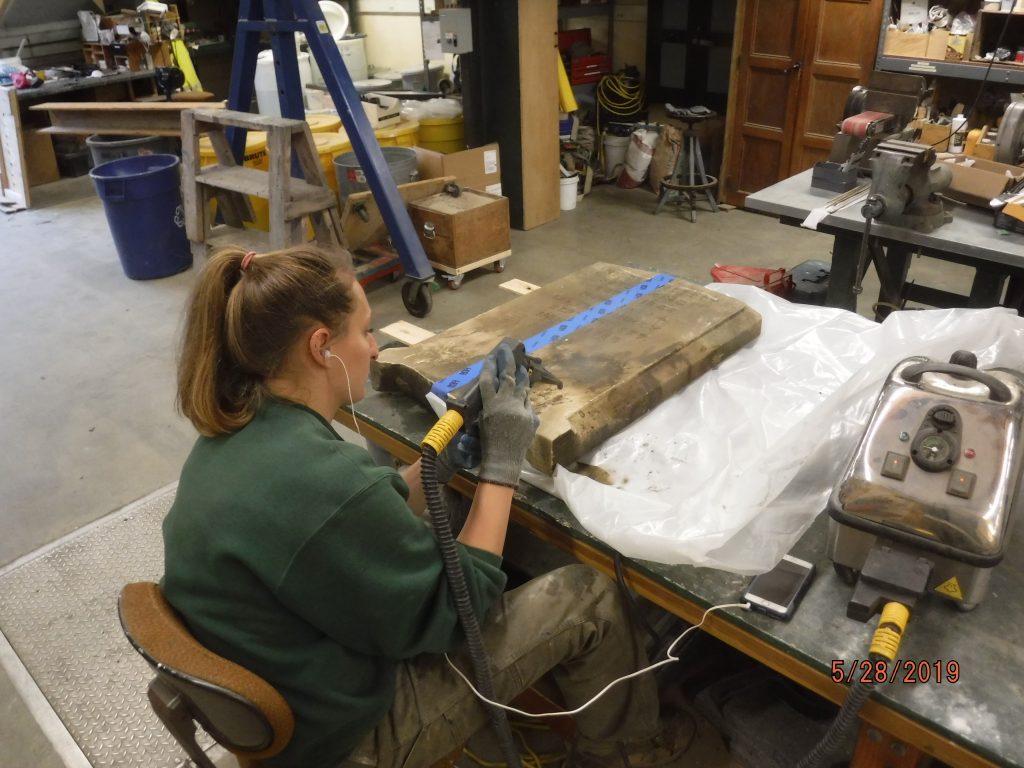





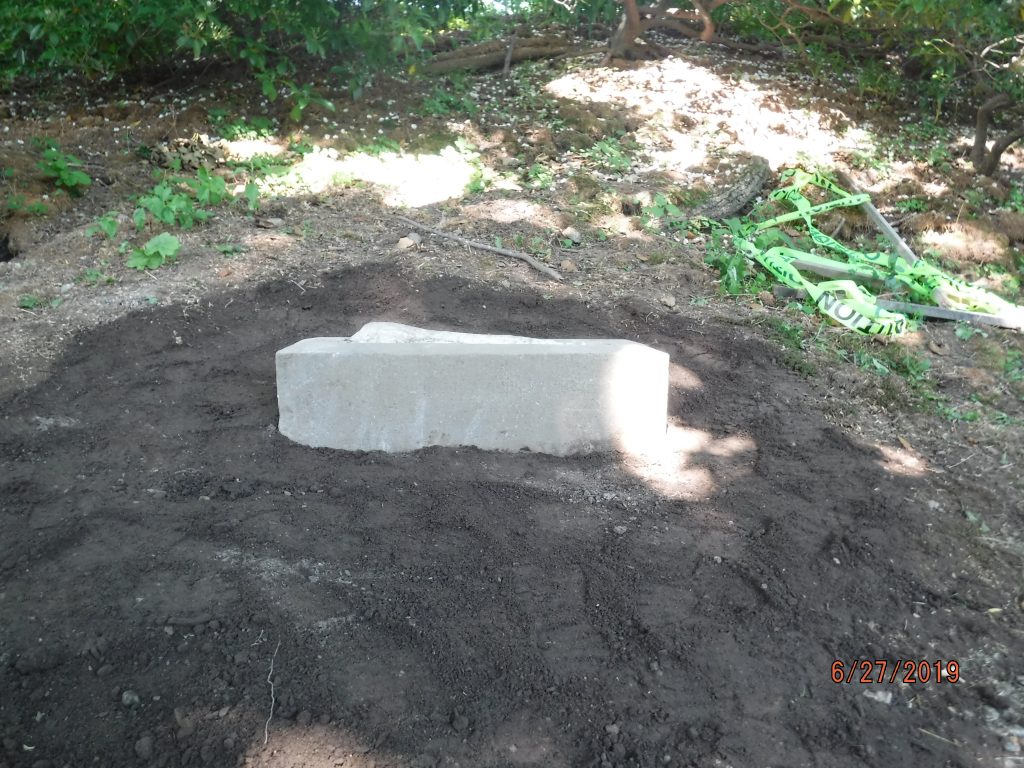
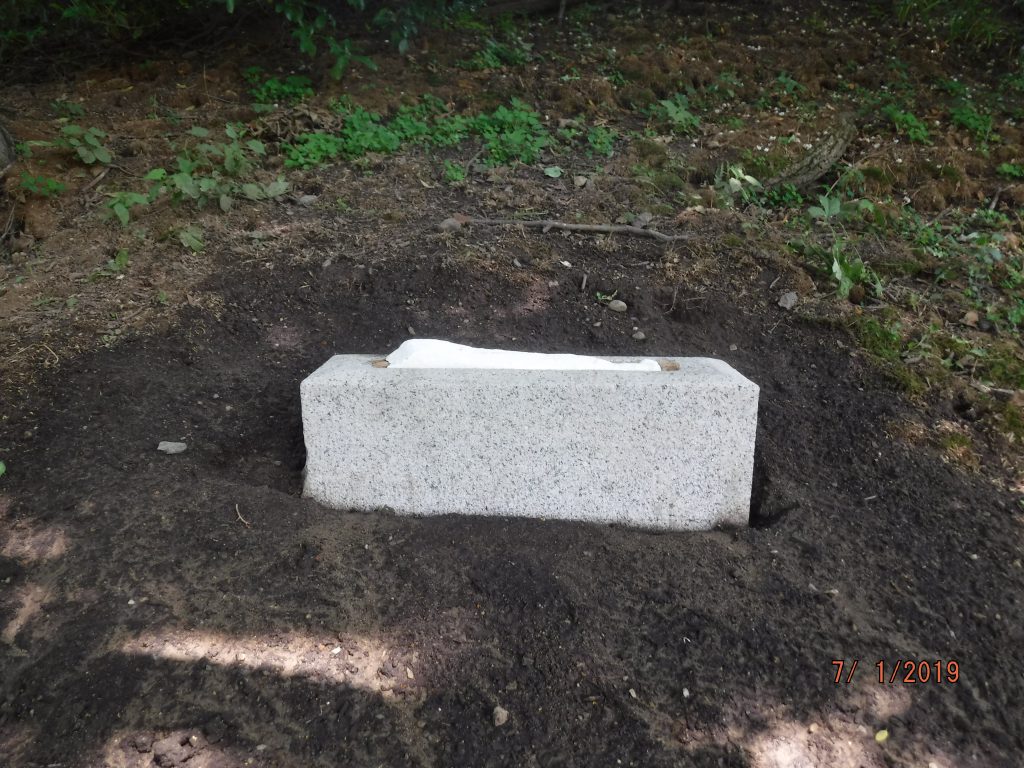

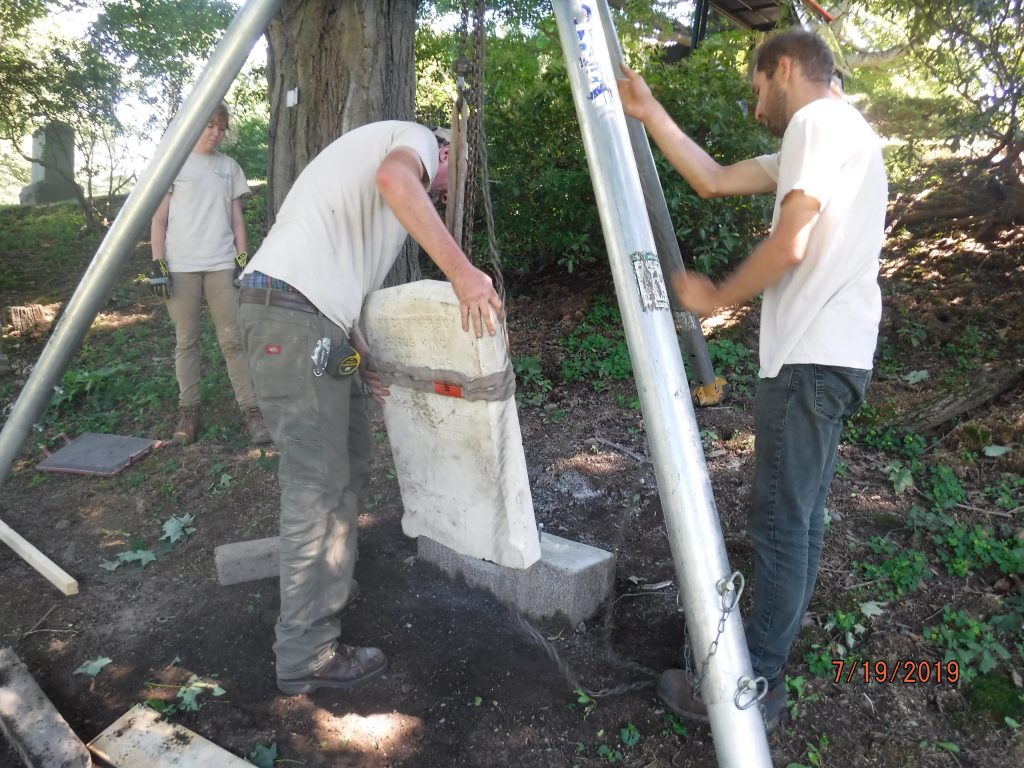
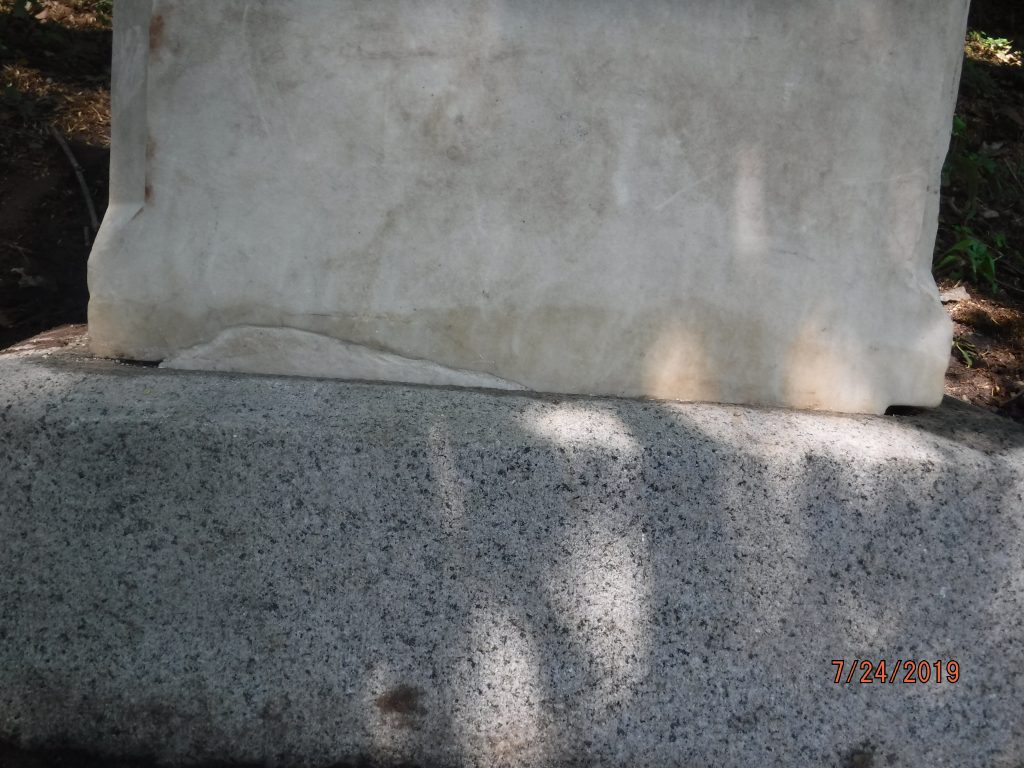

Leave a Reply to Ron Pimentel Cancel reply